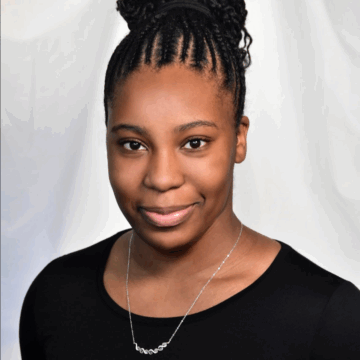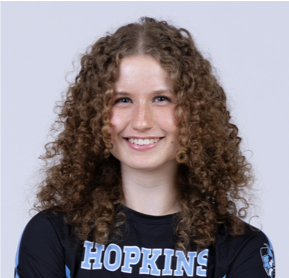
By Stella
The first lesson I learned as a student pilot is that left and right don’t exist. Maybe driving on a highway or in a parking lot, left and right is precise enough to describe the location and movements of slow-moving bikers, pedestrians, and cars. But at 36,000 feet in the air in a steel tube hurdling almost 200 miles an hour? Left and right just don’t cut it.
During one of my first flights in a small Cessna-182, my flight instructor ordered me to scan the horizon for approaching aircrafts. To my right, I caught a glimpse of one: another Cessna with maroon stripes, the sun’s reflection glinting off its windows. Gesturing vaguely to my two o’clock, I informed my flying instructor, “There’s a plane to the right.”
“No, to your right. From his position, what direction does he see you?” From his angle, I was to his left. In that moment, I realized that perspective and precision of language is everything. The radio chirped: “Cessna One-Eight-Two Sandra, heading north to John Wayne Airport. Over.”
I navigate using my compass’s north, east, south, and west directions because every pilot’s vantage point differs from each other both vertically and horizontally, creating opposite perspectives. My right was that pilot’s left.
Through flying, I began to consider all points of view, regardless of my personal perspective.
Perhaps it was my ability to scan the horizon to communicate a single story, uniting contrasting outlooks, that drew me to my love for journalism and the diverse melting pot that was my community.
To me, journalism modernizes the ancient power of storytelling, filled with imperfect characters and intricate conflicts to which I am the narrator. As editor-in-chief for my school newspaper, The Wildcat’s Tale, I aim to share the uncensored perspective of all students and encourage my editorial groups to talk — and listen — to those with whom they disagree. Starting each newspaper edition with a socratic, round-table discussion, I ask the other journalists to pursue stories that answer the questions: why did this happen and where will it lead?
Expanding beyond the perspectives of my classmates, I began writing articles for the Korea Daily, and later, the Los Angeles Times High School Insider. I schedule interviews with city council candidates, young and old voters, and mayors of my town, obtaining quotes and anecdotes to weave into my writing. My interviews with both Democratic and Republican voters have taught me to thoroughly report polarizing-opposite opinions through an unbiased lens. As a journalist, I realized I cannot presume the opinions of the reader, but instead simply provide them with the tools necessary to formulate their own conclusions.
However, differences in perspective in my articles are not solely limited to politics. I found that in my suburban community, people love to read about the small-town hospitality of their own friends and neighbors. Quirky traditions, like our Fourth of July carnival clown and local elementary school’s Thanksgiving talent show, are equally as important to me as national headlines are. My favorite stories to publish are the ones taped onto fridges, proudly framed on the mom-and-pop downtown diner, or pinned into the corkboard in my teacher’s classroom. I discovered the size of my story does not matter, but the impact I leave on the reader does.
In my time as both a student pilot and journalist, I grew to love these stories, the ones that showed me that living life with blinders, can not only be boring, but dangerous. Whether I was 36,000 feet in the air or on ground level, by flying and writing, I realized that the most interesting stories of life come straight from the people most different from me.
Admissions Committee Comments
Stella begins this essay by discussing her experience learning to fly. This anecdote, however, is less about the act itself as it is what the experience taught her in regards to perspective and points of view. She’s then able to connect these takeaways to another aspect of her life – her love of journalism. As she shares more information about her approach and impact with journalism, she makes it clear that those lessons from flying are ever-present in her work. From listening to others’ ideas and points of view in the newspaper editing room to looking at stories from a balanced and thoughtful perspective, we’re able to learn a good deal about how she approaches not just her passions, but her community as well. This essay is able to add to the whole application by sharing with us some new passions and expanding on some of her impact, but its main focus is how she was able to apply lessons from one experience to other aspects of her life. As we think about what type of member Stella will be in our community, this essay helps us understand that she’ll be someone willing to listen, learn, apply those learnings, and make an impact.
Stella, Los Angeles, California“I chose to write about my two favorite hobbies, flying and writing, because I knew I could write most honestly about what I love to do. This essay captured my thinking process and creative approach to seemingly everyday tasks and situations, which is something that cannot be listed in a resume. Rather than writing what I assumed the Hopkins’ admission team would be impressed with, I learned to focus on writing an essay that captured my personality. It was challenging, yet rewarding, to write in my natural, conversational voice while still remaining professional.”





